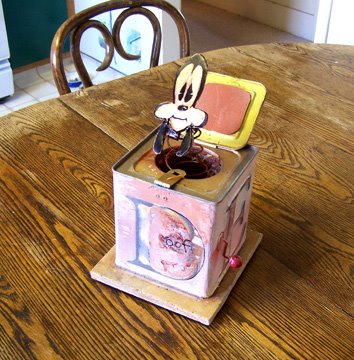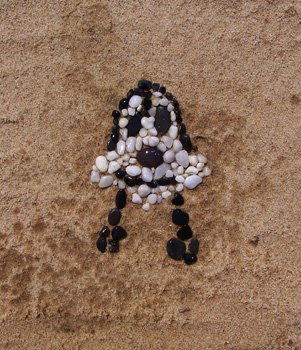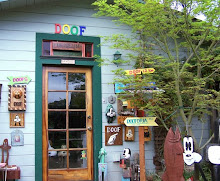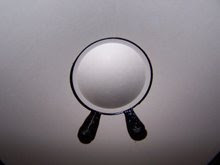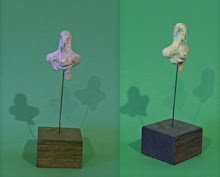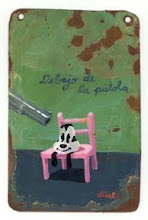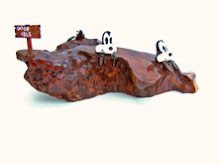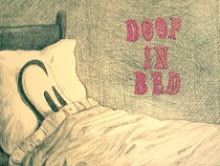
The Doof image has inspired many Doof artists and Doof writers. Today, we focus on a Doof dancer. An exotic Doof dancer to be specific. Abigail Lombard. Enjoy!





Abigail Lombard was born Helen Fournier in 1922 to parents who owned a small but prosperous bakery in Paris, France. At an early age, Helen possessed a creative mind and was drawn to the world of the Parisian advante garde and especially idolized the flamboyant Kiki. Little Helen was also drawn to the world of American movies and instantly became enamored with the Doof image after seeing Doof cartoons. She developed a fantasy about the Doof. She fantasized the Doof entering her person to live there and be her guide and inspire her. Helen, at the age of 12, gave herself temporary henna Doof tattoos. She placed them all over her body, changing the location of the tattoo weekly. This practice she would continue for the rest of her life. She

claimed the tattoo was a mark the Doof left as he swims around her being. Abigail also loved to dance and her parents encouraged her to take up ballet. Her parents were thrilled having a ballerina in the family until they learned that their daughter wanted to study exotic dancing instead of ballet. This decision strain their relationship with their daughter but Helen felt her art would be best expressed with pasties and not slippers. She moved out of the bakery, change her name to Abigail Lombard and moved into the world of the Paris cabaret scene. Because of her uniqueness she was immediately hired as a dancer. She used

the Doof image in clever costumes and she became well known for her unique Doof inspired strip teases. Eventually she came to the New York, wanting to be a exotic dancer on Broadway. After a few years she migrated to the west coast and settled in San Francisco, where she finally got to dance on Broadway. In the fifties she became engrossed in the Beat generation where she was exotic dancer and had brief affairs with writers, painters and book sellers. In the sixties she became a hippie and an exotic dancer and had brief affairs with writers, painters and rock musicians.In the

seventies, Abigail became a feminist and an exotic dancer and had brief affairs with writers, painters and politicians. In the Eighties, Abigail became a hair stylist, retired from exotic dancing and got married to a ex-biker with a dog named Duke. She cut hair and told stories about
 her life until her death in 2003.
her life until her death in 2003.




















